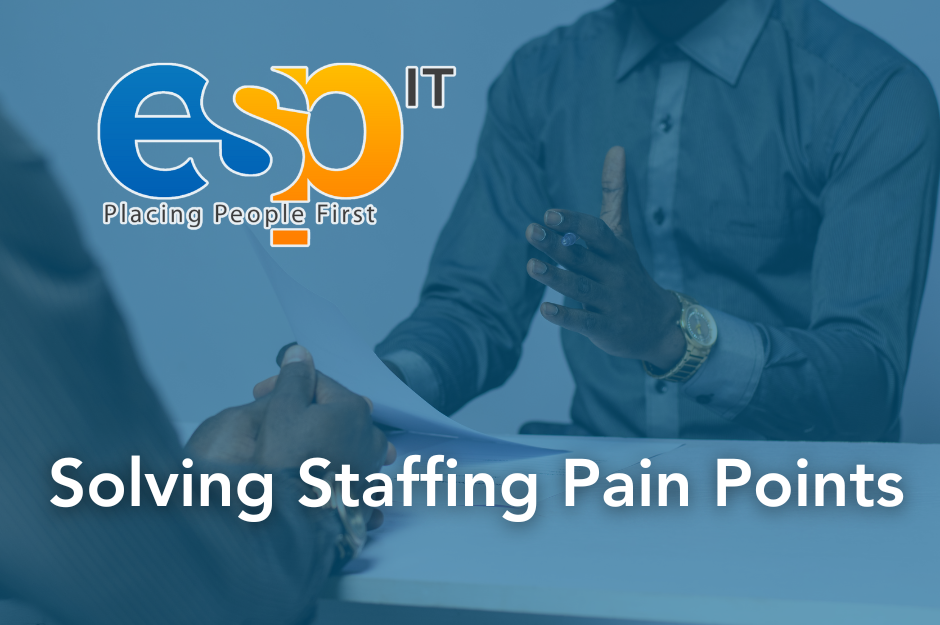-guest contributor, Joel Ingersoll
I’ve often suggested that LinkedIn could add an additional revenue stream by also functioning as a dating site for professionals. Beyond just including resume and professional groups that people belong to, most of us use our first day of work badge photo as our avatar giving us a well-manicured appearance that typical business casual doesn’t provide. And the recommendations! Just think of the blossoming of love that could come from an endorsement like this: “Tom is a hard worker and efficient. He sticks to the agenda in meetings and if you are willing to talk about network security, can expense your first date.” Zesty!
In 2012, there seem to be two ways to get a job interview: (1) knowing someone or (2) matching a key word search like some real-life version of getting the right command typed in Zork. “You have stunned the troll with your knowledge of Ruby on Rails.” Even when you know someone, the process can be daunting and disheartening. I have a friend who was very qualified for a position he applied for within his own organization—especially so after just completing an applicable Master’s degree. He was a manager in a position where he was training people every single day, but he didn’t get an interview for the new position because the word “training” didn’t appear in his resume. He failed the magical key-word search. My gut tells me the anomaly here is that he was able to find out why he didn’t get an interview, and not that the screening software and/or people discounted him because of a keyword expectation. In fact, a quick Google search for “resume keywords” revealed 42,600,000 results leading me to believe you should add “resume keywords” to your resume and open up a portal to another dimension of employment.
So, if you want to gaze longingly into the eyes of a long corporate partnership, or just want to earn enough to keep the Kraft Macaroni & Cheese flowing, it’s likely you are going to need some help getting a new job. And I don’t mean just perusing the Lake Superior State Banished Words List or any list of words to avoid using on LinkedIn—“I’m a dynamic go-getter with a proven track record of outside-the-box problem solving with excellent written and verbal communication skills and am a motivated, results-oriented, team player who excels in a fast-paced environment.” Are there people who can help you fix this stuff? Absolutely. But there are just as many that will attempt to help you by giving you the exact advice you shouldn’t follow.
Every day we see a new article being released into the wild about how there aren’t enough skilled IT workers in the market and folks with useful skills are at a premium. Much like a resume keyword search, your LinkedIn profile is your gateway to being discovered. Go beyond the basic suggestions for your profile (do we really need another blog about how it’s important to have a profile picture? I think we’ve got that one covered), and actually think about the mechanics of being found based on your profile. What skills do you have to offer the market place, and what do you want the recruiter to ask you about when he or she calls you? I wouldn’t call it common sense, and it’s a heck of a lot easier said than done, but it’s important to use some strategy on your profile. It’ll go a long way in helping you to find that job you want.
There are a few basic things to keep in mind if you are looking to be found on LinkedIn by recruiters. The first, and most obvious, is clearly listing your skills. You might be a pretty good .NET developer, but if you are well versed in C# .NET it’s important to spell that out in your resume—the general is good to qualify you as a jack-of-all-trades, but the specific will help you be identified for a specific contract position. Another valuable tip is to join groups on LinkedIn. Not only does this illustrate that you are keeping up with the latest information regarding a skill or topic, but it also allows recruiters to contact you about a position without having to use part of their valuable InMail quota. If you’re looking to be found and reached on LinkedIn as part of that next big career move, give these things a try.
Now if you’ll excuse me, I need to make sure my wife hasn’t been updating her LinkedIn profile.
Joel is a channel manager at Lorton Data. As one of the contributors to Lorton Data’s blog, Joel writes about business social media utilization, direct mail and email campaigning.
ESP IN THE NEWS



